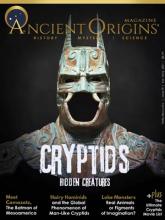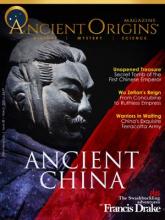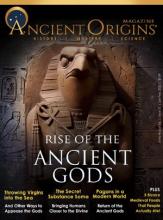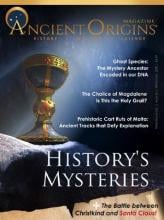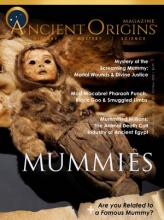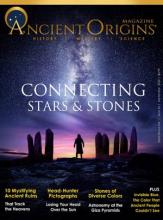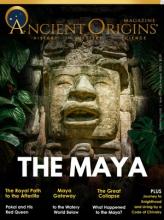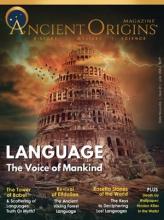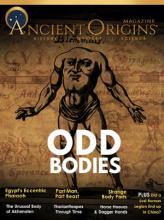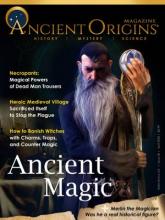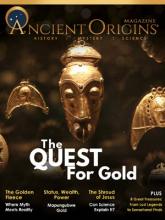On January 9, 1493, Christopher Columbus was sailing in the Caribbean Sea when he reported seeing three mermaids rise out of the sea. Writing in his ship log, he revealed that they were not as beautiful as typically depicted in paintings, but that they did have a human face.
Columbus’ report was not particularly unusual for his era. In centuries past, the world’s oceans were thought to be full of sea monsters, sirens, krakens, and other bewildering creatures. We now know that most of these cryptids, or “hidden animals”, described in the Middle Ages correspond with species that had not yet been classified by science, such as whales, walruses, and giant squids.
Sadly, Columbus had not seen mermaids but most likely manatees – a marine mammal related to the elephant which, from a distance, can appear human-like; they have round heads which they can turn from side to side, their forearms bend at the elbow, and they nurse their young in the same way humans do. In fact, the scientific name for manatees is Sirenia, a name reminiscent of sirens, the mythical mermaids of ancient Greece.
It is at this collision point between the fantastical creatures of folklore and the animals not yet discovered by science, that we find the field of cryptozoology, which is dedicated to the study of animals rumored but not proven to exist. Some animals we know today, like the gorilla and platypus, were once cryptids but are now recognized by science. Others, like bigfoot, sasquatch or the Loch Ness monster continue to tempt the hopeful with the possibility of their existence.
In this issue, we delve into the curious world of cryptids, exploring what facts are behind the legends of Olgoi-Khorkhoi, the Mongolian death worm of the Gobi Desert; Camazotz, the batman of Mesoamerica; Kraken, the giant, ship-destroying sea creature of Scandinavian folklore; Unicorns, and the dinosaur-like monsters said to lurk in the depths of lakes. Of course, we could not leave out the world’s most captivating cryptid – bigfoot, and his related ‘cousins’, the yeti, yowie and sasquatch. What is behind the global phenomenon of hairy hominid sightings? We also hear from a cryptozoologist who tells us what it is really like out in the field searching for cryptids, and we leave you with the ultimate cryptid film list!
Skeptics love to poke fun at cryptids research, but there is one thing that both cryptozoologists and scientists can agree on – there are a lot of strange creatures out there whose existence has yet to be proven.




